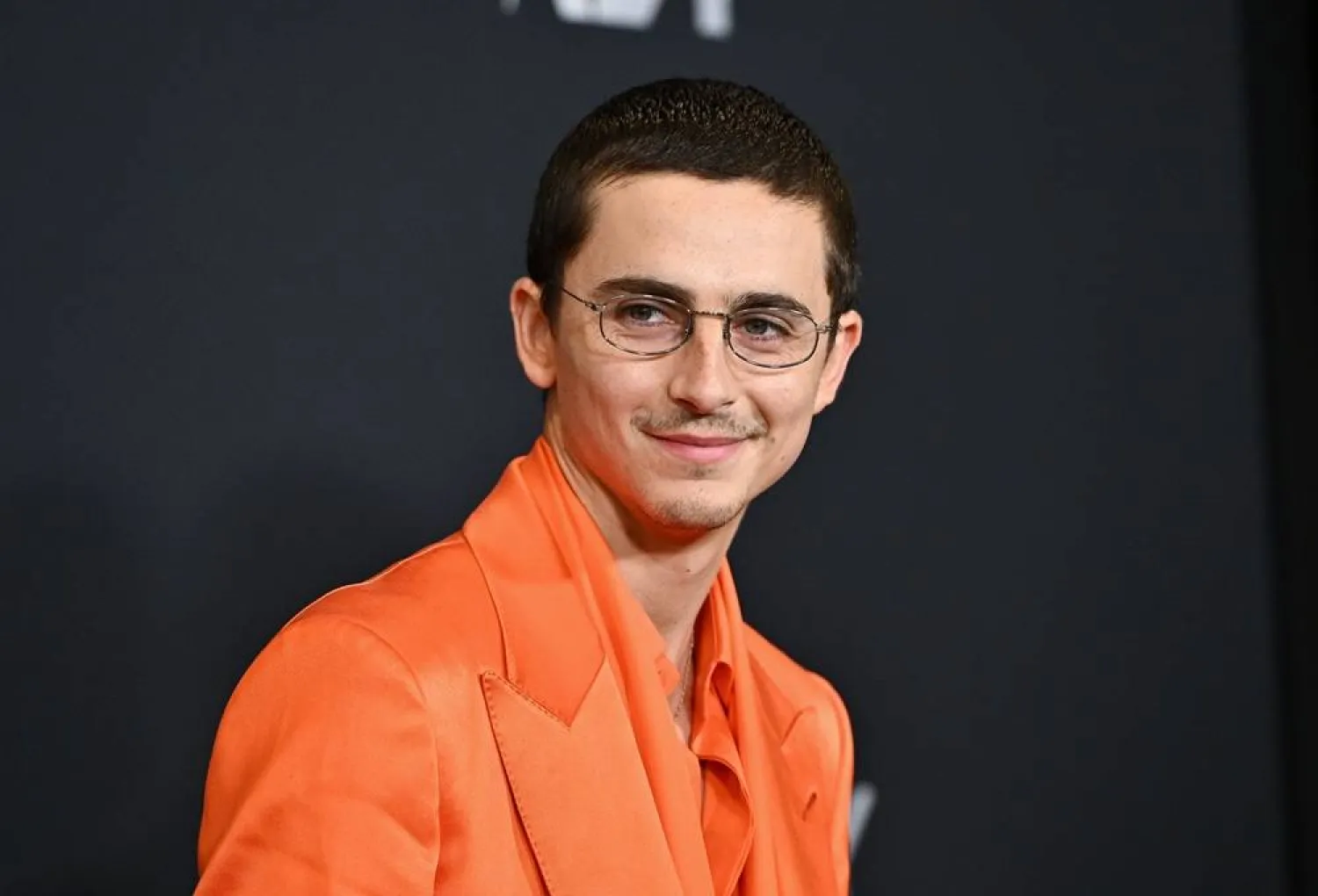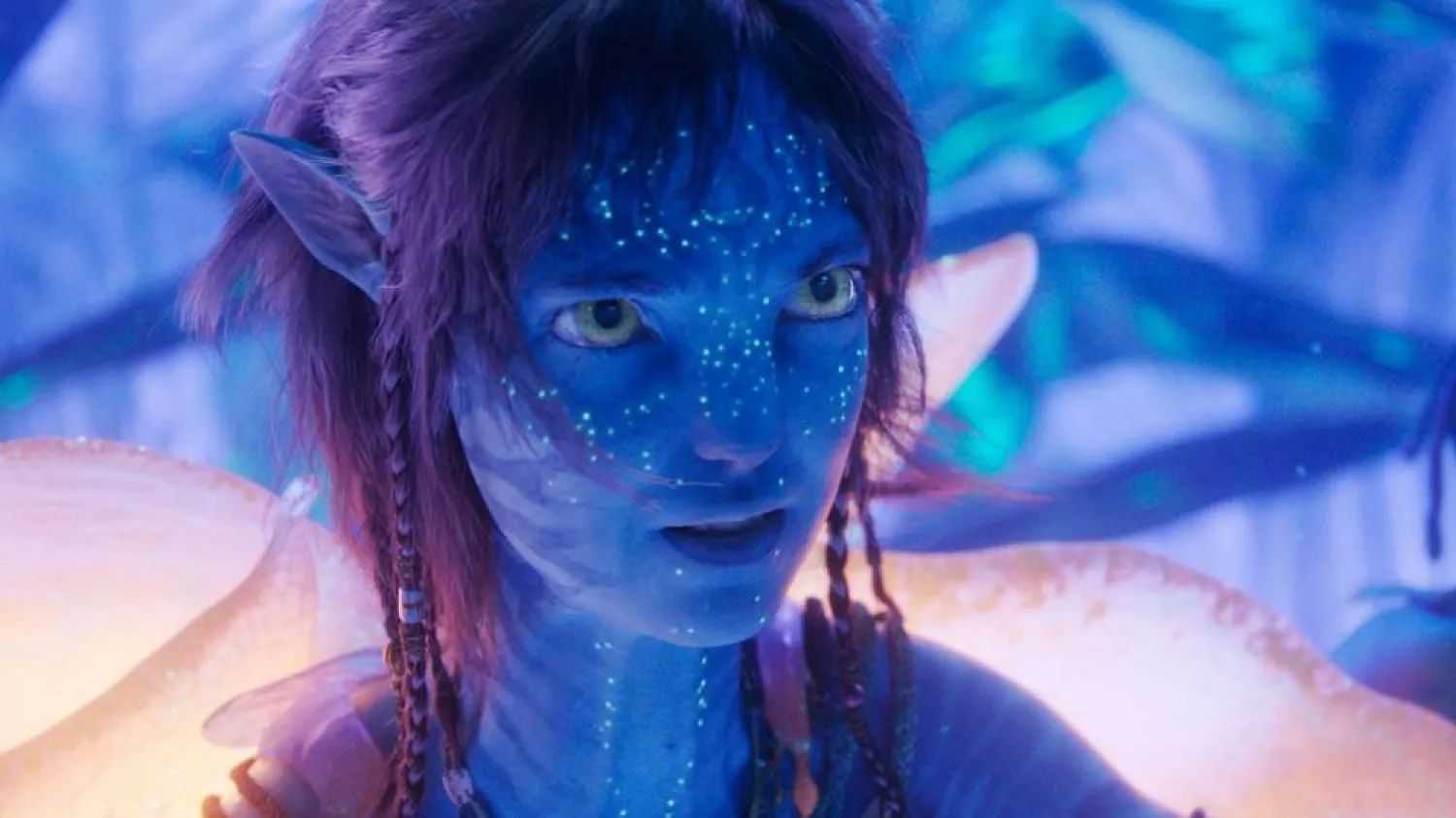Robert Blake, a child actor from the Depression-era "Our Gang" comedies who won adult stardom playing an undercover cop on the 1970s television series "Baretta" before fame was eclipsed by his murder trial in the 2001 killing of his wife, has died at age 89.
Blake, who also won acclaim for his role as a psychopathic killer in the 1967 film adaptation of Truman Capote's "In Cold Blood," died at his home in Los Angeles, surrounded by family members, according to a statement released to CBS, The Hollywood Reporter and other news agencies by his niece, Noreen Austin.
Blake was charged in 2002 with fatally shooting his spouse, Bonnie Lee Bakley, to gain custody of their young daughter, after trying to solicit others to kill his wife of less than a year.
He was acquitted at the end of a sensational three-month trial in which Bakley was portrayed as a star-struck career swindler who ran a mail-order lonely hearts business and entrapped the actor into marriage by getting pregnant.
A wrongful death lawsuit subsequently filed against Blake by her estate led to a civil court judgment that the actor was responsible for her slaying.
Blake contended his wife was a victim of her own checkered past, gunned down by an unknown assailant.
Born in Nutley, New Jersey, as Michael James Gubitosi, Blake got his start in show business as a youngster when he and two siblings joined his parents' song-and-dance vaudeville act, known as "The Three Little Hillbillies," before the family moved to California.
Blake was just 8 years old when he began appearing as Mickey in the "Our Gang" short film series, also known as "The Little Rascals," in 1939. He later played the character of Little Beaver, a Native American boy, in the "Red Ryder" Western series.
After outgrowing child roles and serving in the Army, Blake worked steadily in television and appeared in movies such as "Pork Chop Hill," "The Purple Gang" and "Town Without Pity."
He was short in stature but possessed a swaggering, tough-talking persona - on and off the screen. Blake's breakthrough came with a chilling portrayal of Perry Smith, one of two drifters who killed a family of four, in screenwriter-director Richard Brooks' movie version of Capote's fact-based bestselling novel, "In Cold Blood."
‘Don’t do the crime ...’
Blake followed with lead roles in the films "Electra Glide in Blue" and "Tell Them Willie Boy Is Here," but his biggest fame came playing unconventional big-city detective Tony Baretta from 1975 through 1978 on ABC.
His street-wise "Baretta" character was rough around the edges and often wore disguises to solve crimes. He kept a pet cockatoo named Fred and was known for such catch phrases as: "And you can take that to the bank," and "That's the name of that tune." The show's theme song centered on the line "Don't do the crime if you can't do the time."
The role earned Blake an Emmy in 1975 and another nomination in 1977.
He also garnered Emmy nominations for playing a real-life mass murderer in the 1993 television movie "Judgment Day: The John List Story" and the Teamsters union boss Jimmy Hoffa in "Blood Feud" in 1983.
Blake returned to television in 1986, creating the series "Hell Town" and starring in it as a priest who helps street kids. He quit after several episodes, later telling the Los Angeles Times that he was behaving erratically and having suicidal thoughts.
His last acting job was a role listed as "Mystery Man" in David Lynch' s 1997 film "Lost Highway," about a man who kills his wife.
Blake's acting work was overshadowed four years later by the Bakley murder, which remains unsolved. Bakley had been married nine times when she met Blake in 1999 and had supported herself by maintaining multiple identities and using magazine ads to persuade men to send her money, authorities said.
She also was reportedly obsessed with marrying a celebrity, and in 2000 gave birth to a girl. A paternity test showed that the father was Blake, not Christian Brando, son of actor Marlon Brando, who Bakley had been dating simultaneously.
Blake and Bakley had been married six months when they went to dinner at an Italian restaurant in Los Angeles' Studio City section on May 4, 2001. Afterward, she waited in their nearby car while he went back to the restaurant to retrieve a pistol he said he had mistakenly left in the eatery. Blake told police he returned to the car to find his wife bleeding from gunshots.
Investigators determined Blake's gun did not kill Bakley and the real murder weapon was found in a dumpster nearby.
Murder, no witnesses
Blake was arrested and charged with murder almost a year later and spent several months in jail before being granted bail. When he went on trial in 2005 prosecutors had no witnesses or solid evidence linking him to the killing and built their case on the premise that Blake wanted Bakley dead because he felt she had tricked him into marriage by getting pregnant.
Prosecutors argued that Blake had initially sought to gain custody of their daughter from a woman he despised and considered a bad influence, and had even tried kidnapping the child, before marrying Bakley in November 2000 to get her to drop child abduction charges against him.
The prosecution presented two former stuntmen who testified Blake tried to hire them to murder Bakley, but that Blake, who did not testify in the trial, committed the crime himself when the stuntmen turned him down.
Jurors ultimately found Blake not guilty of murder and a single count of asking one of the stuntmen to kill his wife. The jury deadlocked on a second count of solicitation of murder, and the judge dismissed that charge.
Oakley's children won a wrongful death suit against Blake in November 2005 and were awarded $30 million in damages, which led him to file for bankruptcy protection three months later. Blake lost his appeals to overturn the civil verdict but the damages were reduced to $15 million.
The outcome of the Blake trials was reminiscent of the mixed verdicts returned in the case of former football star O.J. Simpson, who was acquitted of murder charges in the 1994 stabbing deaths of his ex-wife and her friend, but was later found liable for their deaths in a civil trial.
Blake always maintained his innocence and over the years gave a few disjointed interviews that focused anger on the police involved in his case and how he had been left broke.
"I didn't know her well enough to know her," he told ANN in 2012. "I love her ... but we were not dramatically in love or things like that.
"Bonnie had people that she burned ... I think she was a con artist, yes. I think she came to Hollywood to con her way into show business."
Blake, who had four children, was married to actress Sonora Kerr for 22 years before their 1983 split. In 2017 he married old friend Pamela Hudak but the marriage ended in 2019.









